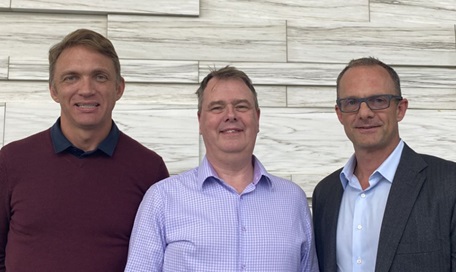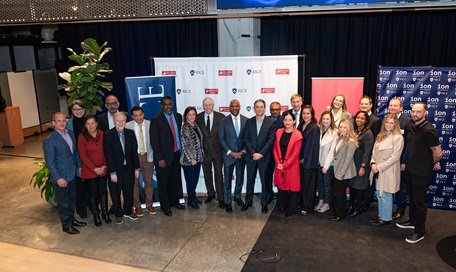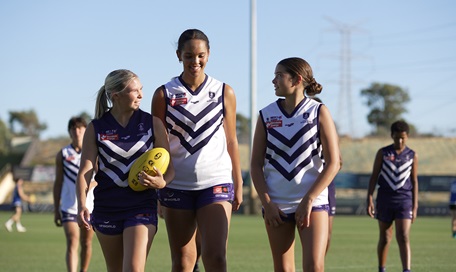Emissions down
The Karratha Gas Plant has cut its so-called “fugitive” hydrocarbon emissions after a successful program to lower pressure levels in the production cycle.
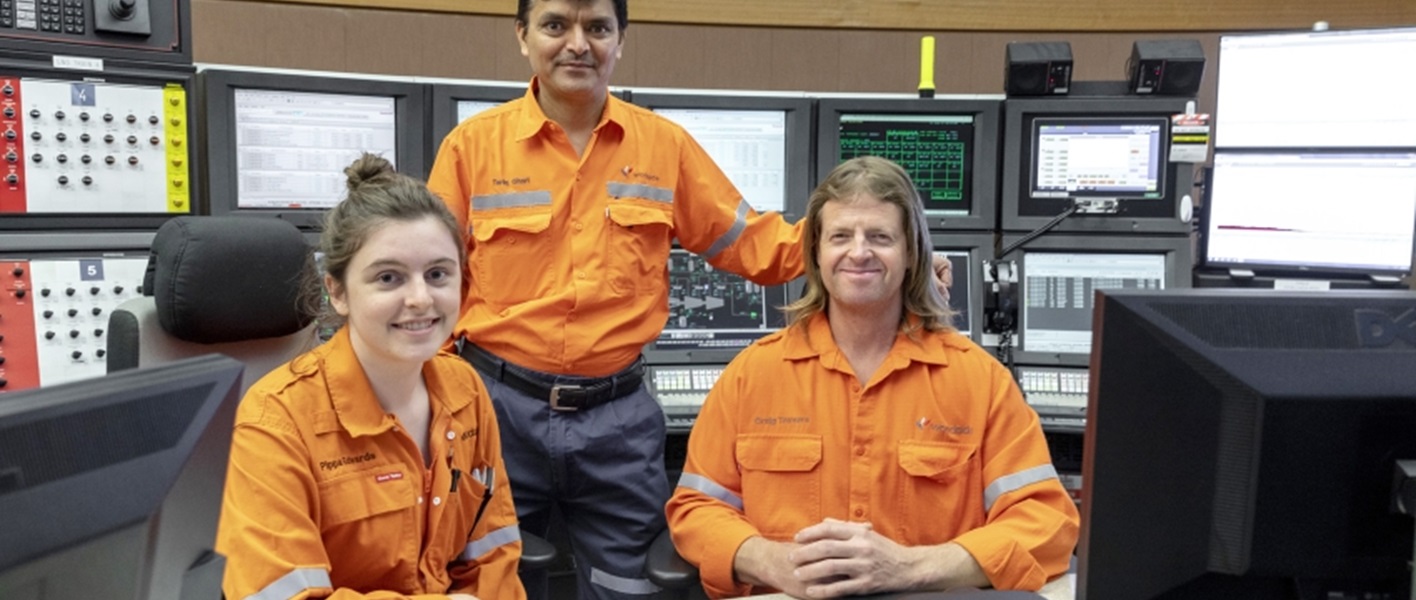
Easing pressure
Reducing our emissions helps the environment and reduces hydrocarbon wastage.
So the LNG surveillance team has been examining how to reduce so-called "fugitive” methane emissions from LNG trains.
Fugitive emissions are hydrocarbons that leak or are vented during processing.
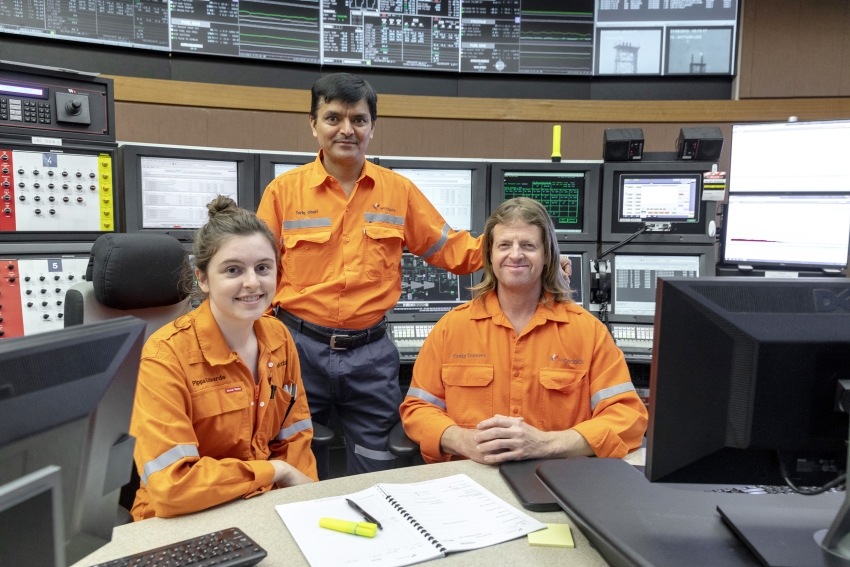
In May 2019, the LNG surveillance started a trial to attempt to cut the fugitive methane emissions from the acid gas removal units (AGRU) on LNG Trains 4 and 5 at Karratha Gas Plant.
Graduate process engineer Pippa Edwards explains that during the acid gas removal process, some hydrocarbon molecules from the feed gas are co-absorbed into the amine solvent.
“The AGRU are designed to recover these hydrocarbons into our fuel gas system with the assistance of an amine flash tank,” she explains.
“Unrecovered molecules remain in the amine solution until they are boiled out and vented to atmosphere with the acid gases.”
The AGRU system on LNG5, however, is designed differently to the other four LNG trains at KGP and has historically performed with significantly higher fugitive emissions.
The trial centred on reducing the operating pressure of the amine flash tank on each train from 650kPa to 500kPa.
Reducing the operating pressure increases the separation efficiency between methane and amine. This minimises the volume of methane in the stack downstream and venting to atmosphere.
“Some of these operating conditions had not been operated at before, requiring a planned and systematic approach to ensure operating conditions were safe, sustainable with minimal trip risk,” Pippa says.
The trial ran over several weeks and was monitored closely by panel operators to ensure system stability throughout. All data was collected daily in manual samples by the Karratha Laboratory, once process conditions were steady.
Pippa, who ran the trial, says the results were better than expected.
“We found a measurable reduction in fugitive methane emission of 25% for LNG Train 4 and 19% for LNG Train 5,” she reports.
“This equates to an annual aggregate saving of up to 490 tonnes of methane from the two trains – equivalent to 12,000 tonnes of CO2.”
That’s the same as taking 2600 cars off the road every year.
Reducing methane emissions also increases the gas available for sale.
Pippa says the Karratha Laboratory and Operations are to be congratulated for their collaboration and support.
Following the success with Trains 4 and 5, similar trials are now underway at Trains 1,2 and 3.
“We’re hoping for similar, if not greater, success,” she says.
Lead surveillance engineer Ryan Taylor is pleased with the results.
“Pippa has shown that innovative thinking and a focus on reducing methane emissions at our operating asset can make a real difference to our environmental footprint,” Ryan points out.
“She has combined with Operations to safely test a new operating point and help embed a carbon emissions reduction mindset at KGP.”
Read the full Q3 2019 issue of Trunkline here.

